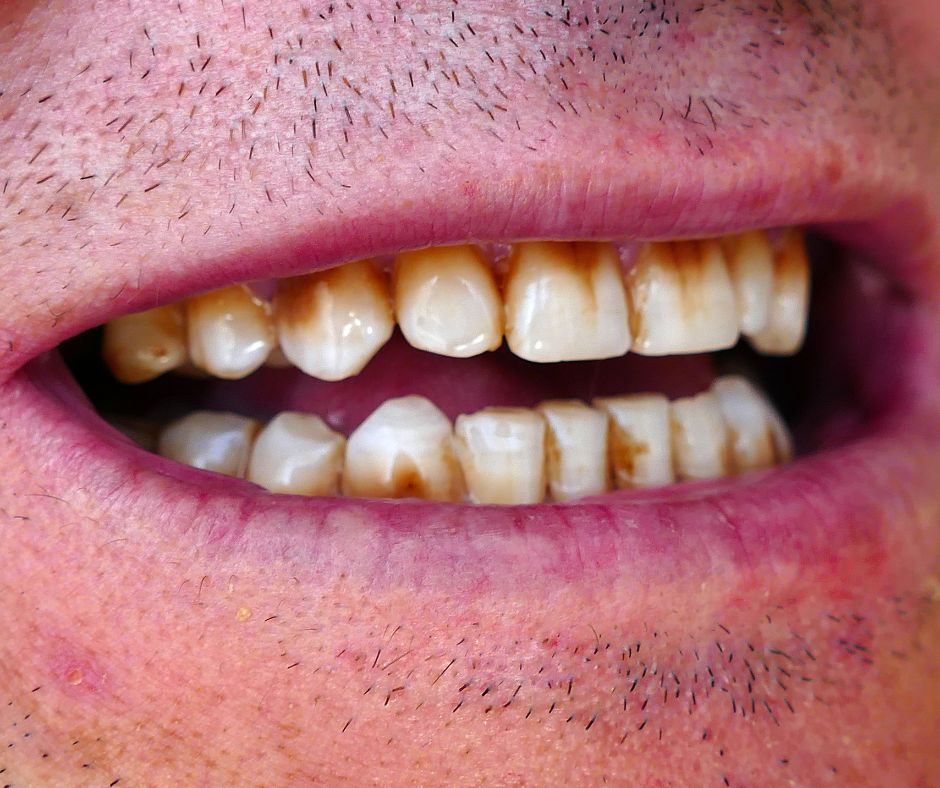
What Are the Common Causes of the Stain on Your Teeth?
If you’re anything like me, when you look in the mirror, the condition of your teeth is one of the first things that catches your eye. Unfortunately, if you have noticeable stains on your teeth it can be hard to ignore them.
Even if you practice good oral care, your teeth might get discolored over time. Cosmetic and family dentistry like Tempe Family Dentistry, offers in-office teeth whitening as a way to brighten not only your smile but your overall face appearance to help address this common problem.
While some discoloration may come with age or medications, there are also other common causes for stained teeth. You can expect noticeable whitening when you use our professional teeth whitening choices. In this blog post we will discuss what parts of lifestyle and diet contribute to tooth discoloration as well as how best to prevent future staining!
What Causes Dental Stains?
Teeth lose their white sheen and develop discoloration, stains, and a duller appearance over time. This occurs for a variety of reasons, some of which are beyond your control, such as aging and your specific genetic predisposition.
However, your daily habits do play a role in issues such as staining. The following habits can all lead to dental stains. Certain foods and beverages. What you eat and drink has an effect on the color of your teeth. Certain beverages and meals can stain your pearly whites.
Some of the most common offenders are:
- Coffee
- Cola
- Tea
- Red wine
- Chocolate
Eating a diet rich in added sugar also impacts dental health and can cause teeth to appear yellow over time.
- Smoking and chewing tobacco
Both smoking and chewing tobacco can cause tooth stains. Regular smokers and consumers of tobacco products are much more likely to have stained teeth than nonsmokers.
- Improper oral hygiene
Not practicing good dental care at home, such as brushing twice daily and flossing daily, increases the risk of dental stains. Dental stains can also develop if you neglect routine dental cleanings. Visiting your dentist twice a year helps to prevent dental problems from arising.
3. Addressing tooth discoloration
If your teeth are stained or discolored, implementing lifestyle adjustments won’t solve the problem. Our dentists, fortunately, can improve the appearance of your teeth with a simple professional teeth whitening process.
To safely whiten your teeth, these teeth whitening solutions employ a bleaching ingredient. It’s normal to experience minimal sensitivity to these chemicals for a few days. Following the completion of your teeth whitening, proper lifestyle practices will help you retain the effects. This means you can get teeth whitening procedures less regularly while still enjoying a sparkling, bright smile.
For the best results, limit or avoid staining foods and drinks, smoking, and chewing tobacco. Many people agree that stained teeth can get in the way of making a good impression. When you’re ready to brighten your smile, consider professional in-office teeth whitening.
Even if you take exemplary care of your teeth at home, it’s important to have dental cleanings on a regular basis. How often should you schedule them? The answer may depend on how frequently you visit the dentist and what the state of your oral health is. Work with your dentist to determine the best cleaning schedule for you and be sure to keep up with your appointments to maintain optimal oral hygiene.
